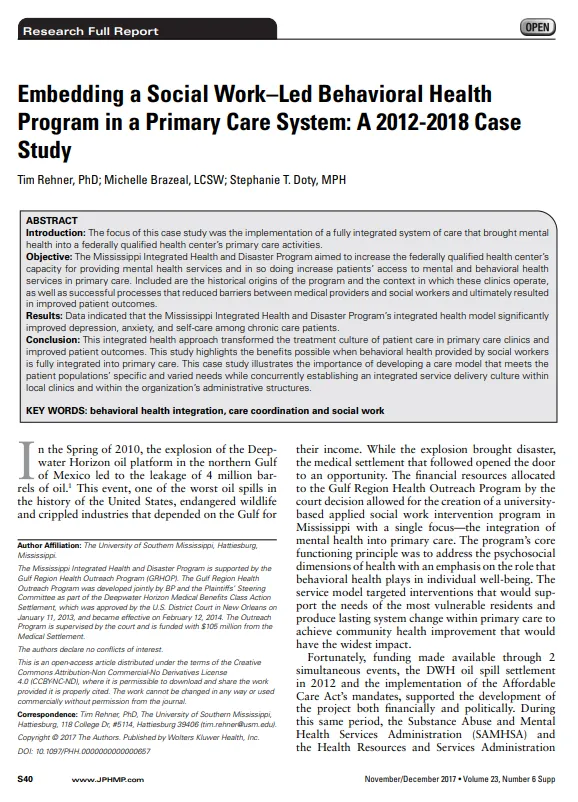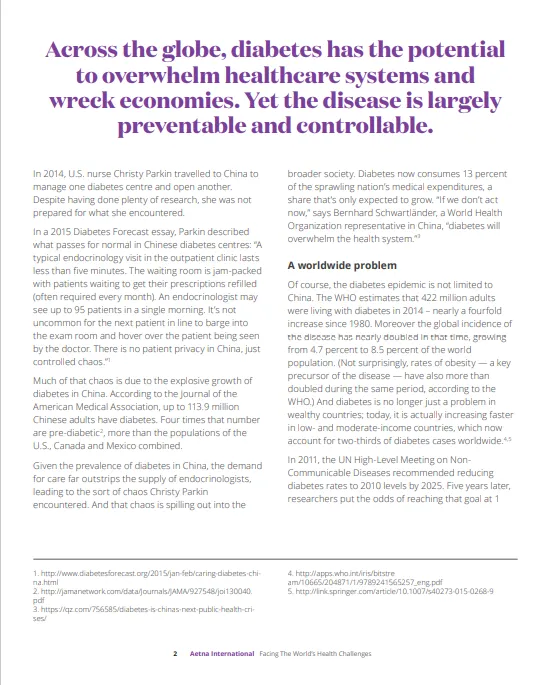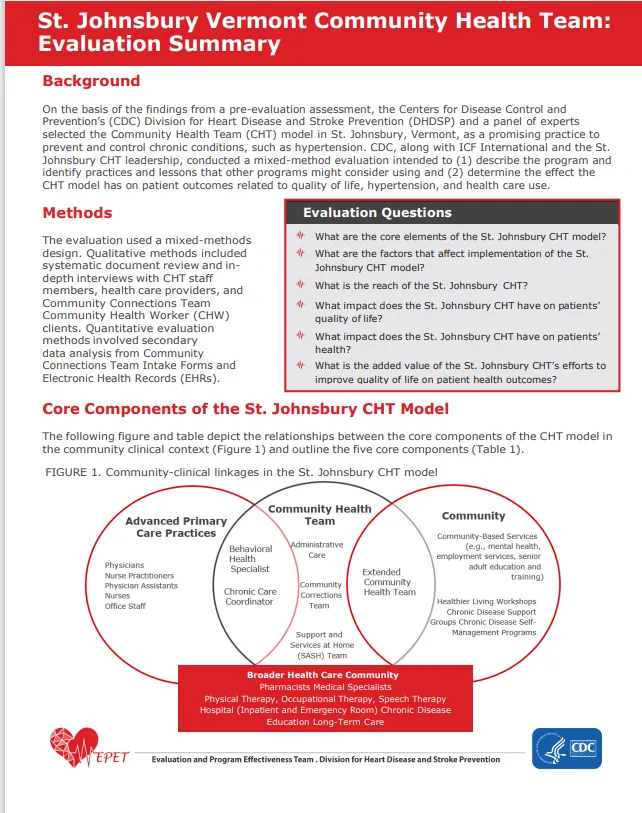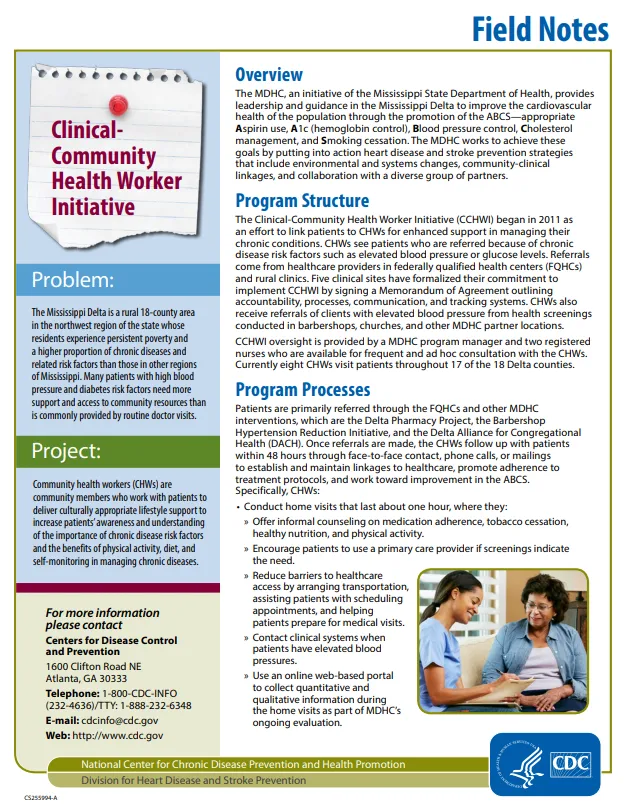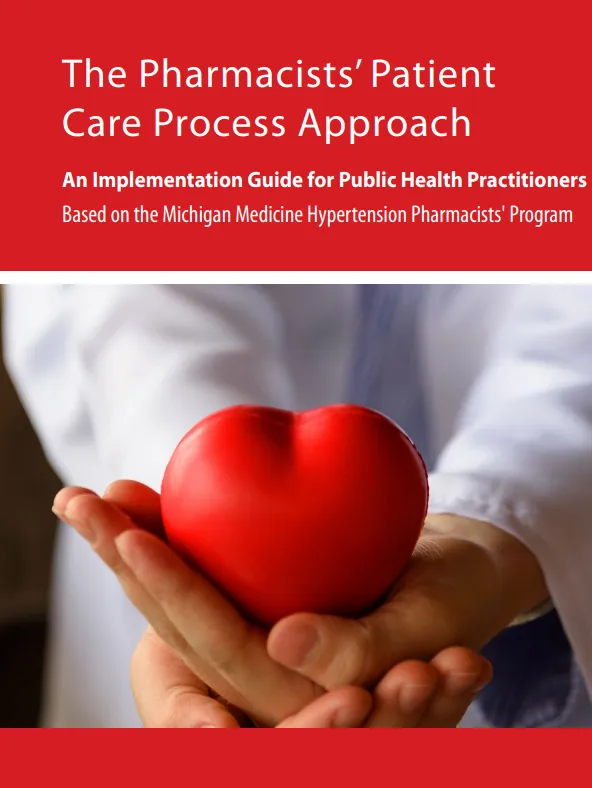Background On Authorship
Group authorship is increasingly common in research and evaluation disciplines, making the issue of author sequence and non-author contributor recognition an integral part of the dissemination planning process. For more information about managing writing projects, see Appendix D in The Writing System textbook and the fourth writing workshop recording, linked below in this toolkit.


Who is considered an author?
Authors contribute actively from concept to publication approval. Authorship credit typically relies on involvement in:
- Conceptual model, research design, and methodological approach
- Analysis and interpretation of data
- Collaborative drafting and revision of content

Who is a non-author contributor?
A non-author contributor is any collaborator who does not meet all three criteria listed above but who provided financial, conceptual, instrumental, moral, or editorial assistance.
Additionally, journals may also have instituted their own contributor-ship policy. The lead author should consult with this policy which is typically listed under manuscript submission guidelines.

What are the primary tasks of a lead author?
The lead or first author is expected to contribute the most to the written product and receives highest credit for being listed as primary on the publication.
What order should authors be listed in?
An important consideration for authorship order is fostering equity in the process (Liboiron et al., 2017). Co-authors can be at various stages of their careers and possess different levels of institutional status. A more senior-level professional and author may opt to be last on the publication to support early-stage co-authors who do not have as many publications. Sequence may determine weight of authorship contribution. In instances where there is established equal contribution, then alphabetical sequence by author last name is employed to maintain consonance regarding level of credit.
Authors may also decide on ordering based upon a percent contribution model with authors contributing more intellectual content being listed first or earlier on in authorship order. Regardless of whichever method group authors employ to determine final authorship order, it is essential that all co-authors agree with the final order of authorship before the publication is submitted for review.
The full citation of the sources referenced above are in the pop up below.
Dissemination of Evaluation Findings
This resource document provides various mechanisms to consider for disseminating evaluation findings.
This resource document accompanies the eighth writing workshop, which can be viewed in Workshop 8.
Select Products for Experts
A case study is used to investigate a problem, identify alternative solutions, and propose the most effective solution based on the supporting evidence. When developing a case study, consider the following main components:
- Background with introduction of key problems and issues to orient the reader to the problem you are addressing
- Evaluation of the problems/issues the case study is focusing on (see below for examples)
- Proposed solutions with pros and cons for each solution
- Final recommendations for how your audience should act on the information, including considerations for program replication
In addition to the main components for reporting, listed below are different types of cases to consider for your program evaluation:
- Historical case studies focus on historical events and contain various information that provides different perspectives of the time and applies them to current day parallels.
- Problem-oriented case studies aim to solve a real life or theoretical problem.
- Multiple/Collective/Cumulative case studies include the collection of information to provide comparisons.
- Critical/intrinsic case studies investigate causes and effects of a case.
- Illustrative/instrumental case studies describe events, the outcomes, and what has been learned as a result.
Geared towards experts, white papers are in-depth reports or guides on a specific topic that presents a problem and provides a solution. In general, white papers are at least 2,500 words in length and are written in an academic style. Because white papers are long form in nature, an outline may help to organize your content. Consider these main components when developing your outline:
- Introduction describing what the white paper sets out to do, convey, or solve and why it is important to the audience
- Overview or general background information of the particular issue
- Body of text describing methods and results
- Conclusion explaining the key takeaways from the body and any action items the audience should take
Select Products for Managers
Evaluation briefs are summaries, usually fewer than five pages, describing an evaluation approach, specific strategy, and/or findings. The main components of an evaluation brief include:
Introduction of key problems and issues to explain how they are relevant to your audience
- Background of your case study (demographics affected)
- Evaluation of the problems/issues to show what has been done
- Proposed solutions based on existing evidence
- Final recommendations for how your audience should act on the information, including considerations for program replication
Field notes, usually a two-page document, spotlight examples of different approaches used in the field by colleagues working at the state, local, and community levels. The main components include:
- Brief, high-level description of the project to introduce it to your audience
- Description of the problem you are addressing
- Overview of program/intervention to show mechanisms of action
- Goal and objectives of program/intervention describing your intended outcomes
- Progress toward implementation of your goals as your program may not be complete
- Information on community involvement in the project, if applicable
- Reach and impact of the program to date
A journal blog post is usually a web-based narrative containing public health and/or medical content and is written in first-person journal style. Journal blog posts are articles that are comprised of facts, anecdotes, and research, and the purpose of them is usually to educate and inform readers. Consider these main components when writing a journal blog.
- Title that gives some indication of what your article is about
- Introduction that hooks the reader, draws them in, and sets up the post
- Main body of text describing your project, issues and solutions, or information
- Conclusion that ends the post decisively and calls the reader to act
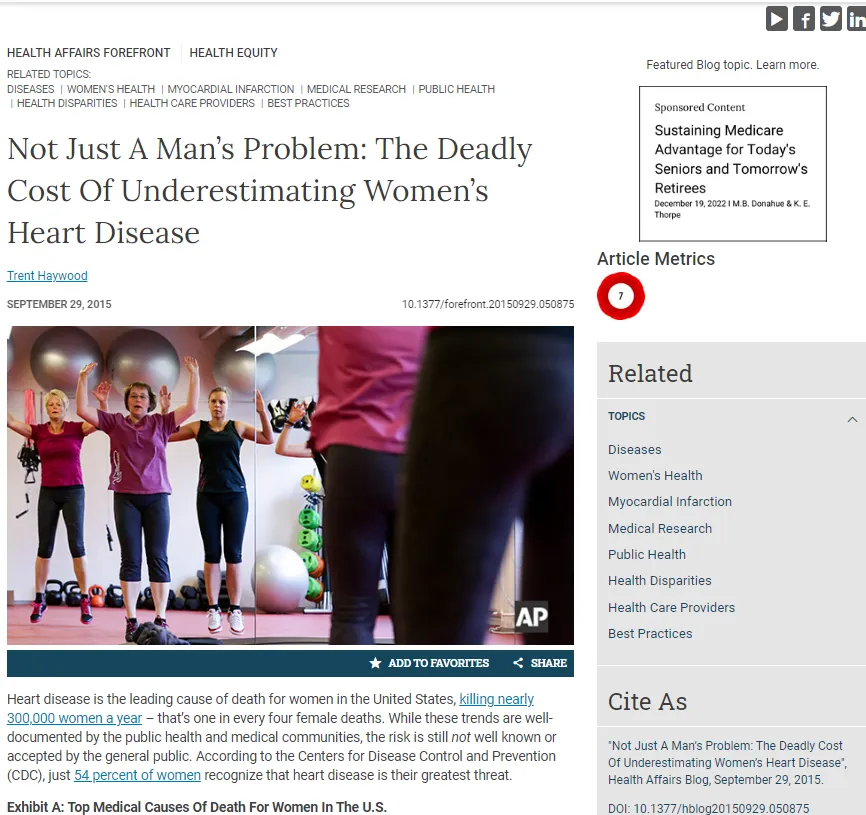
Select Products for Operators
Geared towards operators, an implementation guide is often designed for public health practitioners and health care professionals, is frequently based on rigorous evaluation findings, and describes components / characteristics of a specific public health program when implemented effectively. The main components of an implementation guide may vary across programs, but usually include:
Introduction of key problems and issues to explain how they are relevant to your audience
- Overview of the program with a purpose and background
- Description of how to start the program in a new setting
- Core components / strategies of the program that are instrumental to success
- Information about program monitoring and evaluation mechanisms
- Conclusions with overall strengths of the program
- Key considerations for implementation so that your audience can determine if they are ready to use the program
The full citation of the sources referenced above are in the pop up below.
Resources for Conference Abstracts
This resource document provides tips to submit conference abstracts and information about conferences relevant to evaluation work.
Here are some steps to follow when planning your conference submission.
Step 3: Use the conference’s submission guidelines to plan your draft.
- Stay within the word limit. If the word limit is under 250, expect to write one paragraph, with one to two sentences dedicated to each of the five components of an abstract. If the word limit is 500 to 750 words, expect to write about three to five paragraphs: one paragraph on your topic and significance; one to three paragraphs on sources, methods, and key findings; and one paragraph on your conclusion.
- Repeat key words from the conference guidelines. For example, if the guidelines ask that you describe the implications of your work, call your conclusion “implications.”
- Note whether the abstract will be published in conference proceedings and if you can edit it before publication. You might provide more or different details if you anticipate that someone may cite your abstract in the future.
Step 4: Remember that conference abstract submissions are competitive. In addition to complying with the conference guidelines, follow these tips to ensure a compelling abstract:
- Remember that your audiences for this stage of the abstract are the conference organizers and peer reviewers who score your submission. The conference organizers want to assemble a cohesive conference with presentations that appeal to their target audience. The peer reviewers want to ensure that your work is relevant to scholarship in their field.
- To appeal to the conference organizers, show that your work is relevant to the conference’s goals. Incorporatekey terms from the conference description. If the conference has a theme, position your work as relevant to the theme. In your conclusion, describe implications that are relevant to members of the conference’s audience.
- To appeal to peer reviewers, show that your work is relevant and rigorous. Briefly cite literature in a relevant field. Use concrete and specific terms when you describe your sources and methods. If you submit to a conference in a different field, define your methods and results in terms an outside scholar can understand.
- Proofread the abstract before you submit it. Errors in grammar and punctuation can distract or confuse your reader. Errors can also hurt your credibility; some readers might question whether errors in writing indicate a lack of attention to detail in research. You may need someone who hasn’t written the abstract read it for clarity and typos.
Other Tips
Some conferences have specific tracks, topics, or areas for abstracts. These tracks can help you target audience members, particularly at large conferences.
When selecting a conference, pay attention to whether the conference allows you to submit the same abstract to multiple conferences. Coauthors should work together to prioritize the submission if this is the case. Some conferences do not permit you to have the same abstract presented or published prior to the meeting dates. Note that this includes both conference items (abstracts, presentations, posters) and publications! If this is the case, consider whether you have different audiences for the conference and a manuscript, and tailor the abstracts accordingly. If your abstract wasn’t accepted to a particular conference, also be aware of any embargo rules that may still apply when you consider resubmitting to a different conference.
Conferences you may be interested in,
by theme:
This information was last updated in February 2024, and will be updated yearly.
Association of State and Territorial Health Officials (ASTHO): Calendar of Events
Council of State and Territorial Epidemiologists (CSTE): 2024 CSTE Conference
National Association of Community Health Centers (NACHC) Community Health Institute and Expo: Conferences – NACHC
National Association of County and City Health Officials (NACCHO): Home – NACCHO 360
American Nurses Association (ANA) Policy, Innovation, and Advocacy Conference: Events
National Association of Community Health Workers (NACHW): Events
American Pharmacists Association (APhA): APhA Annual Meeting and Exposition
Association of American Indian Physicians (AAIP): Events
National Council of Urban Indian Health (NCUIH): Events
National Native Health Research Training Conference: Webinar Information
Native American Healthcare Conference: Native American Economic Development Conference & Events | Native Nation
Seeds of Native Health Conference on Native American Nutrition: 2022 Native nutrition conference
Society for the Advancement of Chicanos/Hispanics & Native Americans in Science (SACNAS): National Diversity In STEM Conference
Academy Health Annual Research Meeting: 2024 Annual Research Meeting | AcademyHealth
Academy Health Dissemination and Implementation: Upcoming Events
American Evaluation Society (AEA): Upcoming Meetings
American Heart Association (AHA): Scientific Sessions
EPI|Lifestyle Scientific Sessions
Hypertension 2024 Scientific Sessions – Professional Heart Daily | American Heart Association
American Public Health Association (APHA): Annual Meeting
Art and Science of Public Health: Art & Science of Health Promotion Conference (ifebp.org)


